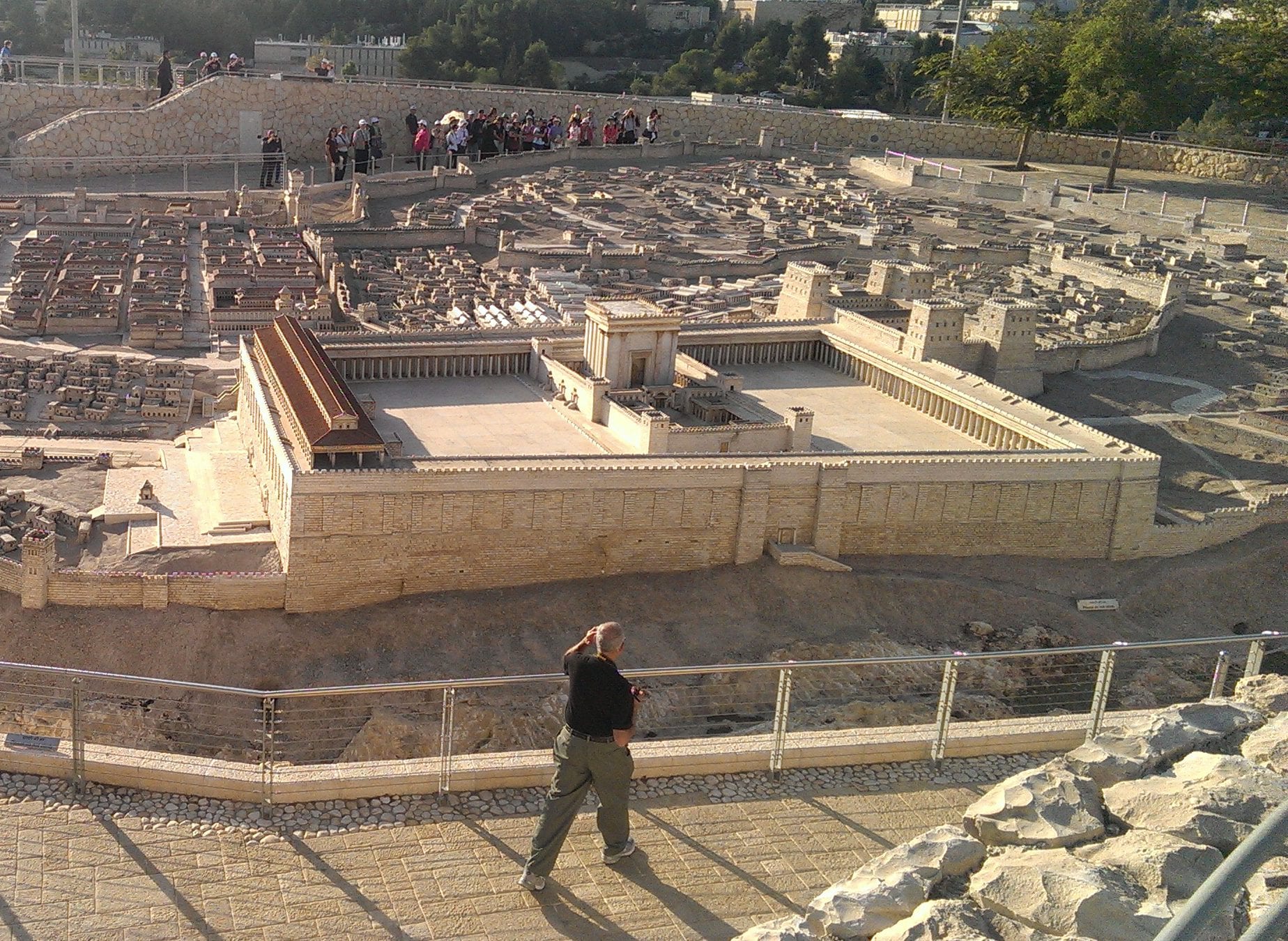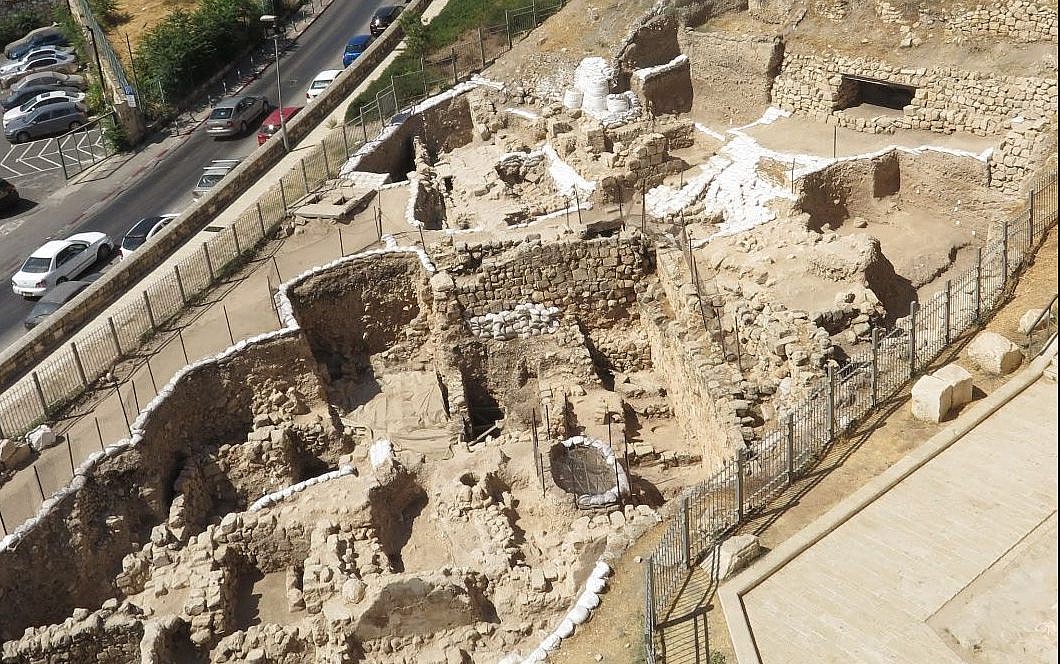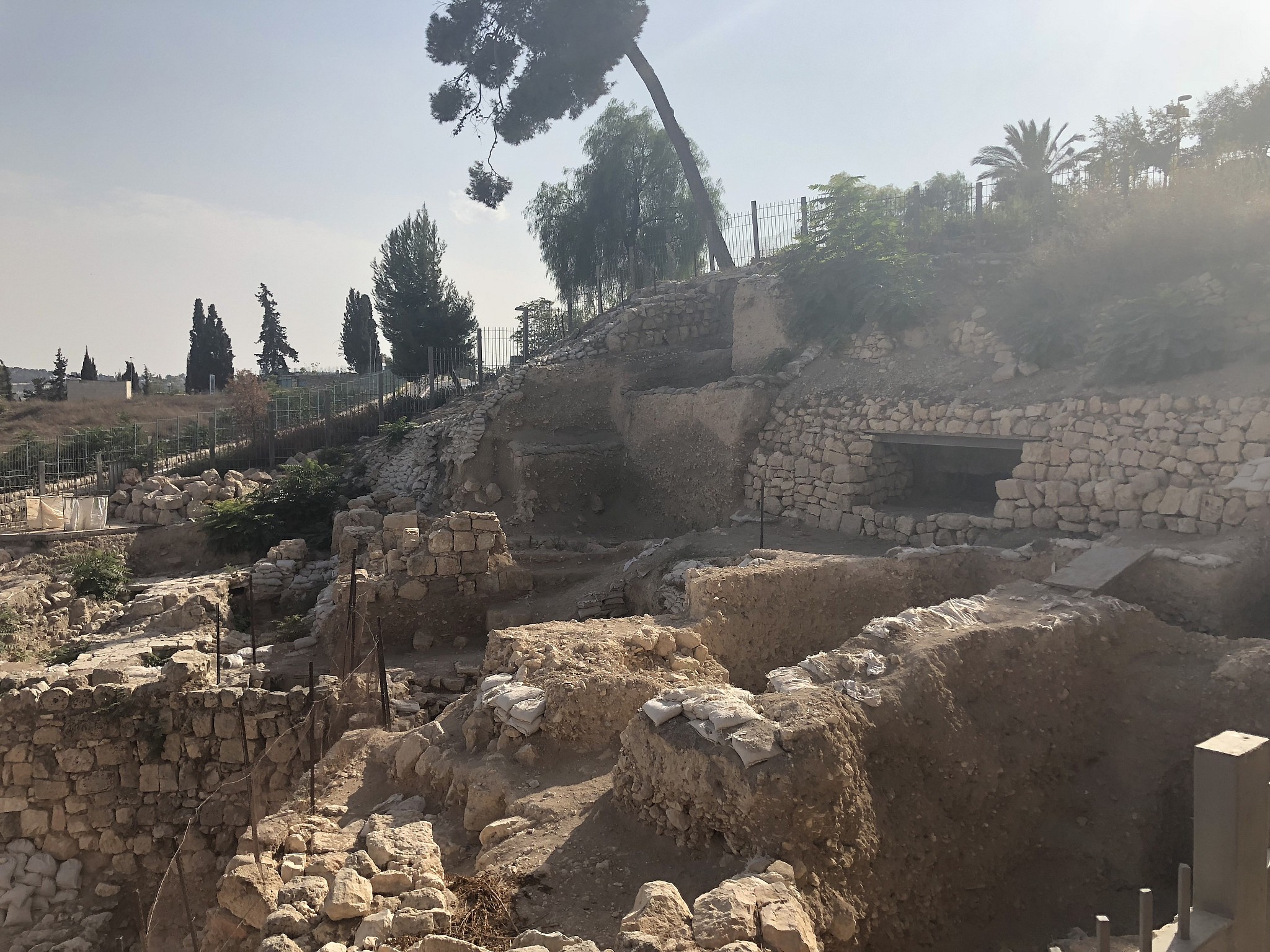Just 100 meters west of Jerusalem’s Temple Mount, an extraordinary archaeological discovery at the Western Wall plaza has revealed artifacts spanning centuries. Uncovered by a two-year excavation led by Shlomit Wexler-Bdoulah and Alexander Onn of the Israel Antiquities Authority in collaboration with the Western Wall Heritage Foundation, this site offers an unprecedented view into Jerusalem’s rich history. Among these finds are remnants from both the First Temple period (8th–6th centuries BCE) and the Late Roman period (2nd century CE), illuminating the city’s transformation across different eras and its unique role as a historical and cultural crossroad.
Unearthing the First Temple Period: A Glimpse into Ancient Judea
The excavation yielded remarkable artifacts from the late First Temple period, including pottery fragments, inscriptions, and architectural elements that paint a vivid picture of life in ancient Judea. These items likely served essential roles in religious practices, daily routines, and administrative functions, offering valuable insights into the cultural fabric of Jerusalem during this time.

The artifacts not only attest to Jerusalem’s long history but also its religious and cultural significance during the First Temple period. The discoveries suggest that Jerusalem was a thriving hub where political, religious, and cultural forces converged, laying the foundation for its ongoing influence in the region.
The Eastern Cardo: A Roman Marvel in Jerusalem
Adding another layer of history, the excavation also exposed a colonnaded street from the 2nd century CE—the Roman period’s Eastern Cardo. Known for its depiction on the ancient Madaba Map, this street highlights Roman engineering and urban planning excellence, with striking marble columns, smooth paving stones, and traces of once-bustling marketplaces.
The Cardo served as a central thoroughfare, allowing the movement of goods, people, and ideas through Roman Jerusalem. It stands as a testament to the city’s transformation under Roman rule, during which Jerusalem became a vibrant urban center reflecting Roman cultural and architectural grandeur.
A Protective Time Capsule: Roman Infrastructure Preserves First Temple Artifacts
Remarkably, the Eastern Cardo was constructed directly atop the First Temple period layers, acting as a protective shield over the ancient relics. This strategic overlay inadvertently preserved the artifacts beneath from centuries of potential looting or destruction, creating an invaluable time capsule for archaeologists.

This unique preservation has allowed for the discovery of artifacts that remain virtually untouched, offering scholars a direct and pristine connection to the First Temple period. This protective layering underscores how later civilizations sometimes unintentionally safeguarded the legacies of those that came before them, adding a unique dimension to Jerusalem’s archaeological narrative.
The Cultural Crossroads: Jerusalem’s Legacy of Diversity
The findings at the Western Wall plaza emphasize Jerusalem’s role as a crossroads where Jewish, Roman, and later Byzantine influences converged, contributing to its dynamic cultural evolution. Through the ages, Jerusalem has been a focal point for various civilizations, each leaving its mark on the city’s landscape and heritage.

The transition from the First Temple era to the Roman period reflects the shifts in Jerusalem’s governance and cultural identity. From a center of Judean worship to a hub of Roman architecture and urban design, the site encapsulates the city’s diverse historical and cultural heritage.
Conclusion: A Deeper Understanding of Jerusalem’s Past
The artifacts uncovered in this excavation offer a layered view of Jerusalem’s ancient past, allowing historians and archaeologists to reconstruct a timeline that spans centuries. These findings deepen our understanding of the religious, political, and cultural dynamics that have shaped Jerusalem over millennia. Through these discoveries, modern society gains a clearer picture of the city’s enduring legacy, which continues to captivate people around the world.
In this incredible excavation site, we find a testament to Jerusalem’s resilience and significance, revealing a city that has continually evolved while preserving its rich historical roots.

